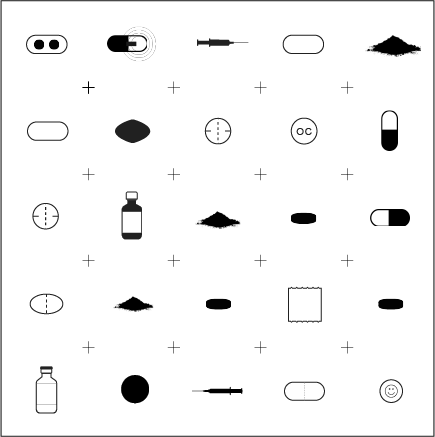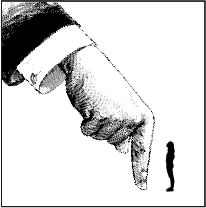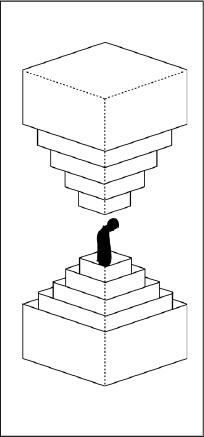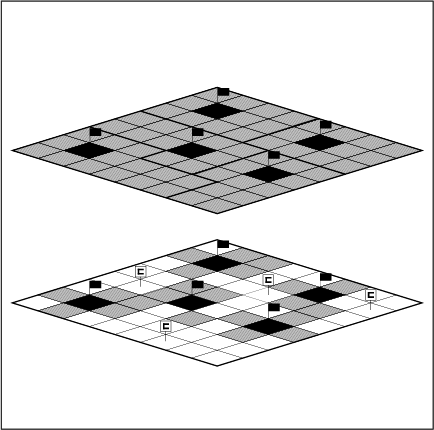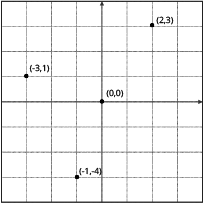
Calculating Empires
A Genealogy of Technology and Power Since 1500
Kate Crawford and Vladan Joler (2023)
How can we understand the operations of technology and power in our era? Our technological systems are increasingly complex, interconnected, automated and opaque. Social institutions, from schools to prisons, are becoming data industries, incorporating pervasive forms of capture and analysis. Even places that were once off-limits to capital, from our emotional expressions to outer space, are now subject to computational control and extraction. Meanwhile, the industrial transformations in AI are concentrating power into even fewer hands, while accelerating polarization and alienation. If we are to address the urgent challenges of the contemporary time - including technocratic fascism, climate catastrophe, colonial wars, and wealth inequality - we need to contend with the interwoven nature of their histories. In order to have a future, we must first confront our past.
Calculating Empires is a large-scale research visualization exploring how technical and social structures co-evolved over five centuries. The aim is to view the contemporary period in a longer trajectory of ideas, devices, infrastructures, and systems of power. It traces technological patterns of colonialism, militarization, automation, and enclosure since 1500 to show how these forces still subjugate and how they might be unwound. By tracking these imperial pathways, Calculating Empires offers a means of seeing our technological present in a deeper historical context. And by investigating how past empires have calculated, we can see how they created the conditions of empire today.
Calculating Empires centers on four themes: communication, computation, classification and control. Across the centuries, the work illustrates the shifts in communication devices, infrastructures, and computational architectures, and how they are entwined with the histories of social control and classification. The vertical axis represents time, beginning with the 16th century at the base. The horizontal axis features a collection of systems: from algorithms to architecture, bodies to borders. Navigation is flexible: you can follow a theme, a time period, or set of ideas.
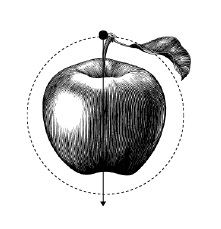
If we read from left to right, the work begins with the history of communication devices and the interfaces needed to access them. Next we see programming languages and the communication infrastructures that operate in the background: from submarine telegraph cables, to satellites, to the electromagnetic spectrum.
As we follow the data flows from those communications systems, they are collected and organized by museums, film and TV archives, data brokers, and AI training datasets. That data is then used to train algorithms and models that have their own histories, shaped by the labor of programmers and crowdworkers. It is all powered by energy-intensive computational hardware that is expanding exponentially in multiple directions, from hyperscale data centers, to biological computing, to quantum.
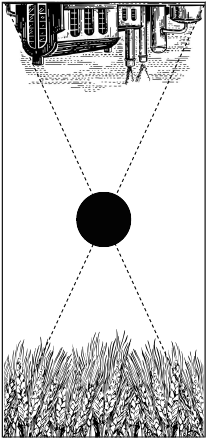 Shifting relationship to time
Shifting relationship to time
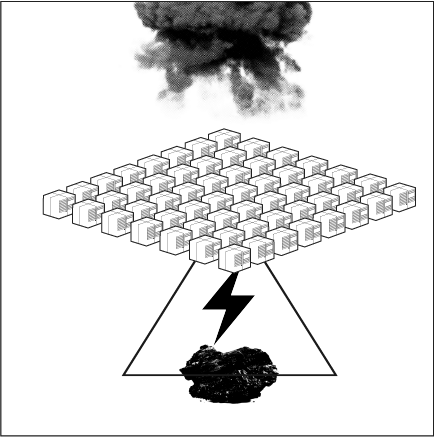 Resource-heavy computing
Resource-heavy computing
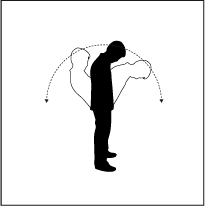 Forecasting
Forecasting
 Education industry
Education industry
 Saving souls with school
Saving souls with school
The work then moves to the themes of classification and control. It begins with time as a concept that orders human actions and labor, and then education as another social structuring process that shapes and organizes social norms, values, and hierarchies. Next we turn to the history of ideas about emotions and intelligence, as well as the shaping of the human body itself.
We see practices of classification and control in biometrics and medical data, in the disciplinary systems of prisons and policing, and in the way borders and bureaucracy regulate the movements of people and information.
This brings us to the heart of Calculating Empires: colonialism and the paths of empires over history, with their accompanying political and economic ideologies that inform industrial production and energy extraction.
The final section of the work contends with the strata of planetary classification: from the mineral layer of the lithosphere, all the way up to the astrosphere. Then we consider the concept of space in other ways, how mapping and architecture are themselves systems of control. Finally, we see multiple layers of militarized power, from surveillance technologies, to authoritarian doctrines, to entire military systems.
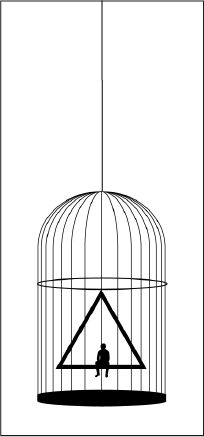 Weber's iron cage
Weber's iron cage
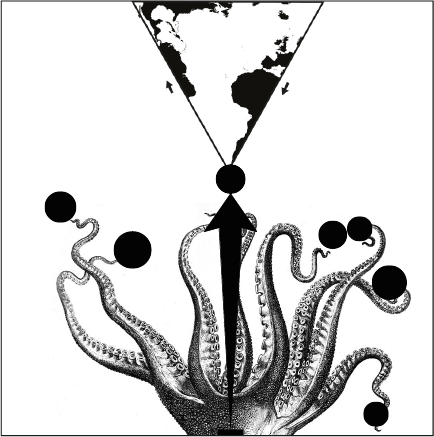 European colonialism
European colonialism
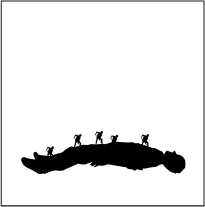 Knowledge and data extraction
Knowledge and data extraction
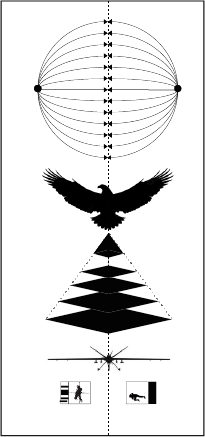 Military doctrine
Military doctrine
 Neoliberalism
Neoliberalism
The contemporary tendency toward simplification and solutionism has weakened the ability to handle dense information, while our technical and environmental realities only become more complex and interdependent. By visualizing these interlaced histories of empire in intricate detail, we hope to better understand our current predicament. In the words of French historian Fernand Braudel, “if one wants to understand the world, one has to determine the hierarchy of forces, currents, and individual movements, and then put them together to form an overall constellation.” Calculating Empires invites the visitor inside this constellation.
Calculating Empires begins with a key moment when global networks - both cultural and mercantile - began to take shape in the 1500s. New trade routes meant the expansion of European empire. Advances in shipping and navigational instruments enabled the annexation of lands and genocide of Indigenous populations while introducing new viruses, drugs, and weapons. The Gutenberg press reorganized information power and laid the groundwork for a political and cultural transformation. New scientific instruments and calculation systems were developed. The meticulous cataloging and privatization of land, animals, plants, and space commenced a layered agenda of colonization that continued to expand for centuries. These practices of past empires are now echoed in the highly concentrated technology and military industries of the 21st century.
Every reading of this work is different, and you're invited to draw your own connections. Hundreds of individual drawings and texts span centuries of conflict, enclosure, and control. We suggest taking your time and reading slowly - a radical act in an era of speed and simplification. A close examination of these patterns over several centuries reveals the ascendance of particular ideas and technologies, the concentration of power and wealth, and the colonization of land, infrastructure, and human lifeworlds.
The history of science and technology is also a story of visualizations. From the Venn diagram to the neural network, visual illustrations have shaped the conceptual horizons of the scientific imaginary. We use the same method to show how technology is political, not separate from it. Even diagrammatic representations - from the Gannt chart to the logic gate - are forms of organizing information which embed a political structure.
 Cartesian map
Cartesian map
 Venn diagram
Venn diagram
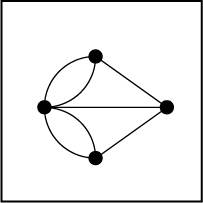 Network diagram
Network diagram
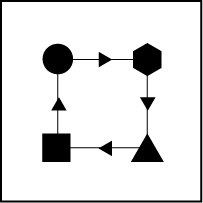 Flow chart
Flow chart
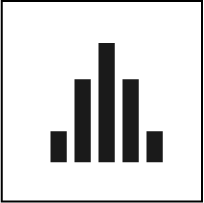 Bar chart
Bar chart
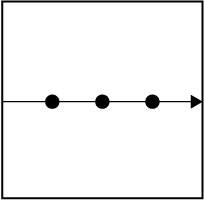 Timeline
Timeline
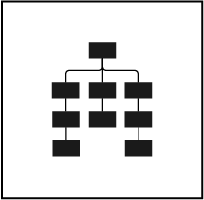 Organization chart
Organization chart
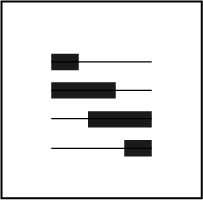 Gannt chart
Gannt chart
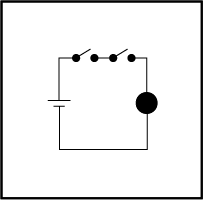 Logic gate
Logic gate
 Perceptron
Perceptron
Calculating Empires takes Donna Haraway's provocation literally that we need to map the “informatics of domination.” The technologies of today are the latest manifestations of a long line of entangled systems of knowledge and control. This is the purpose of our visual genealogy: to show the complex interplay of systems of power, information, and circumstance across terrain and time, in order to imagine how things could be otherwise.
This work can never be complete: it is necessarily partial, subjective, and drawn from our own positionality. But that openness is part of the project. You are invited to read, reflect, and consider your own history in the recurring stories of calculation and empire. As the overwhelming now continues to unfold, Calculating Empires offers the possibility of looking back, in order to consider how different futures could be envisioned and realized.
